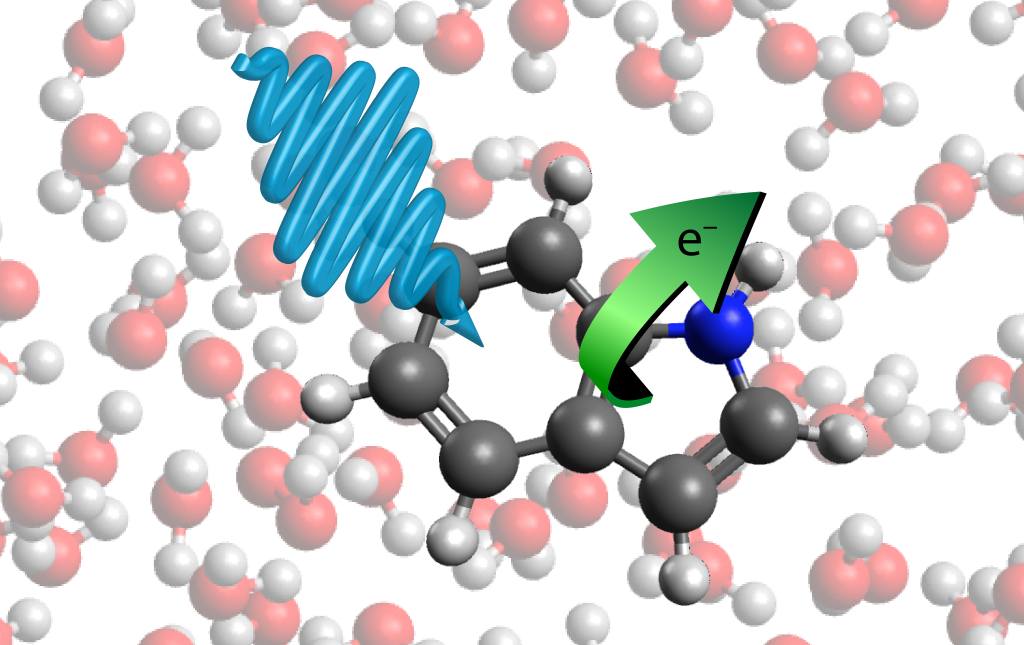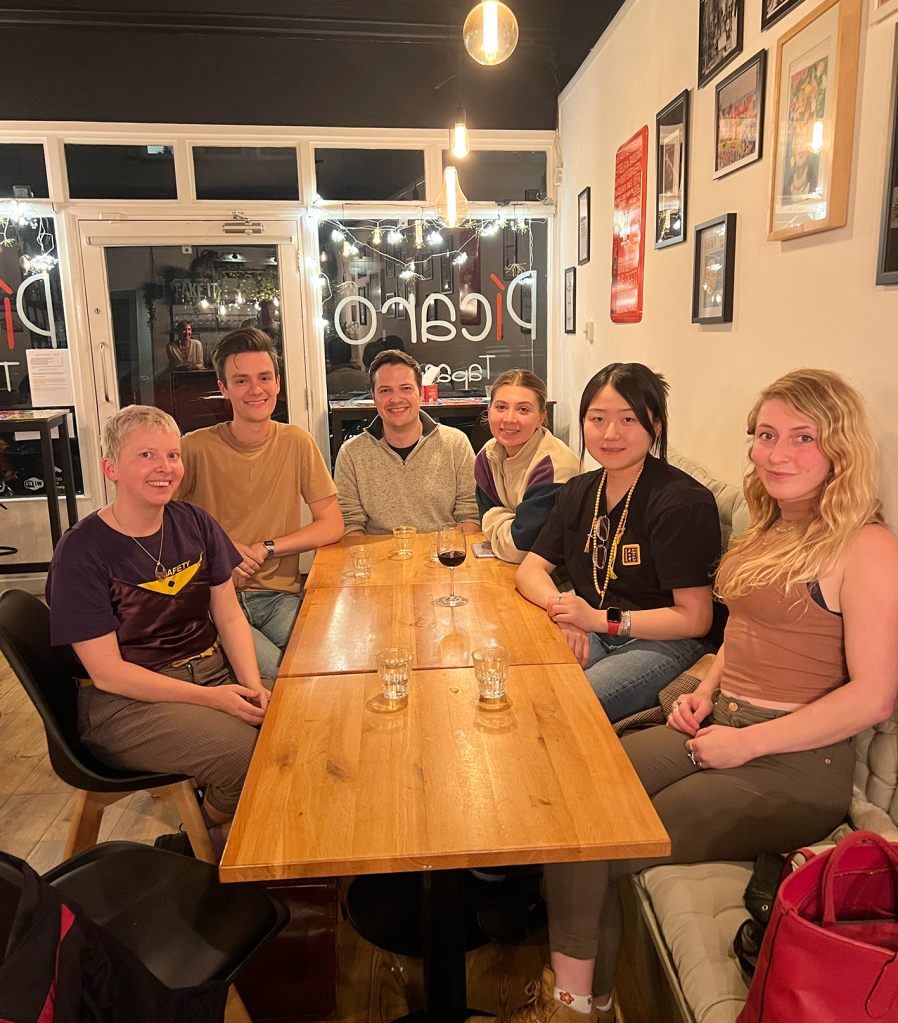Tom has been awarded a Leverhulme International Fellowship. The fellowship will allow Tom to pursue fundamental studies of solvated electrons- a critical species in radiation damage, redox chemical transformations and charge-transfer in biology. He will also pioneer new spectroscopic techniques to unravel the complex and deleterious photoionization reactions of aromatic amino acids and DNA after absorption of ultraviolet light.
As part of the fellowship he will work at University of California, Los Angeles with Prof. Benjamin Schwartz, and at the University of Southern California with Prof. Stephen Bradforth.






